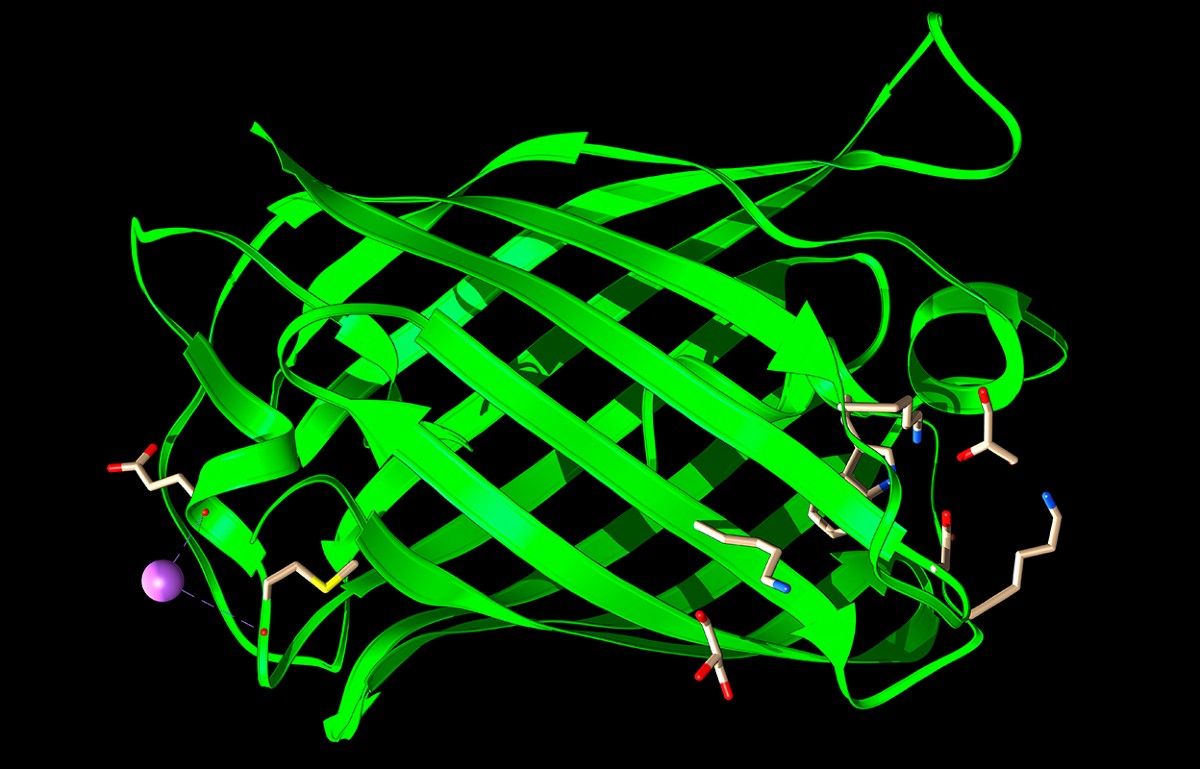
""It would be useful to be able to specify precisely what we want, and have a protein be designed with those features," says Mohammed AlQuraishi, a computational biologist at Columbia University in New York City."
"Now, dabblers in computational biology, such as myself, have fresh hope. Scientists are developing a new generation of biological AI tools that take instructions in plain language and turn them into proteins and other molecules, including potential drugs."
"But getting the most out of these tools typically requires considerable expertise."
"These AIs also have the potential to enable greater control over the resulting designs and other outputs."
Recent advancements in AI tools for protein design have provided new opportunities for both professional scientists and amateurs. These tools allow users to generate protein sequences and other biological molecules simply by using plain language instructions. Despite some existing AI models requiring expertise, the next generation shows promise in simplifying this process. The commitment to translating spoken or written queries into actionable molecular designs could revolutionize drug design and our understanding of cell biology, enhancing creativity and productivity in molecular sciences.
Read at Nature
Unable to calculate read time
Collection
[
|
...
]